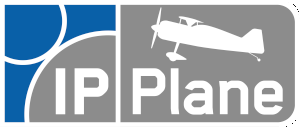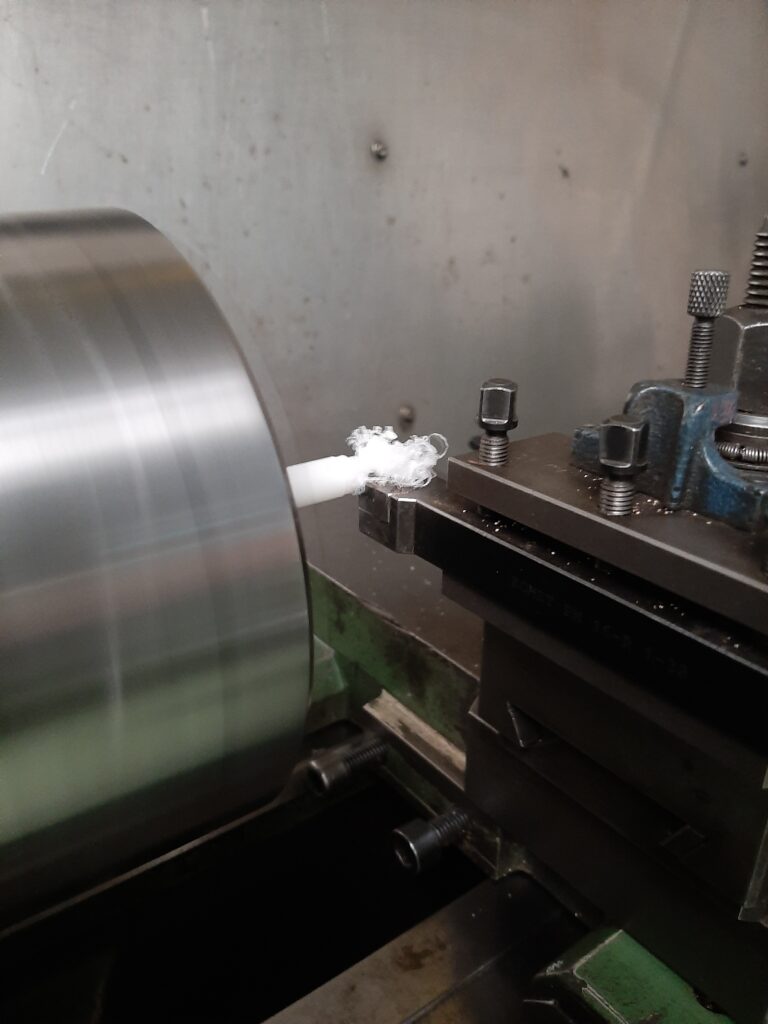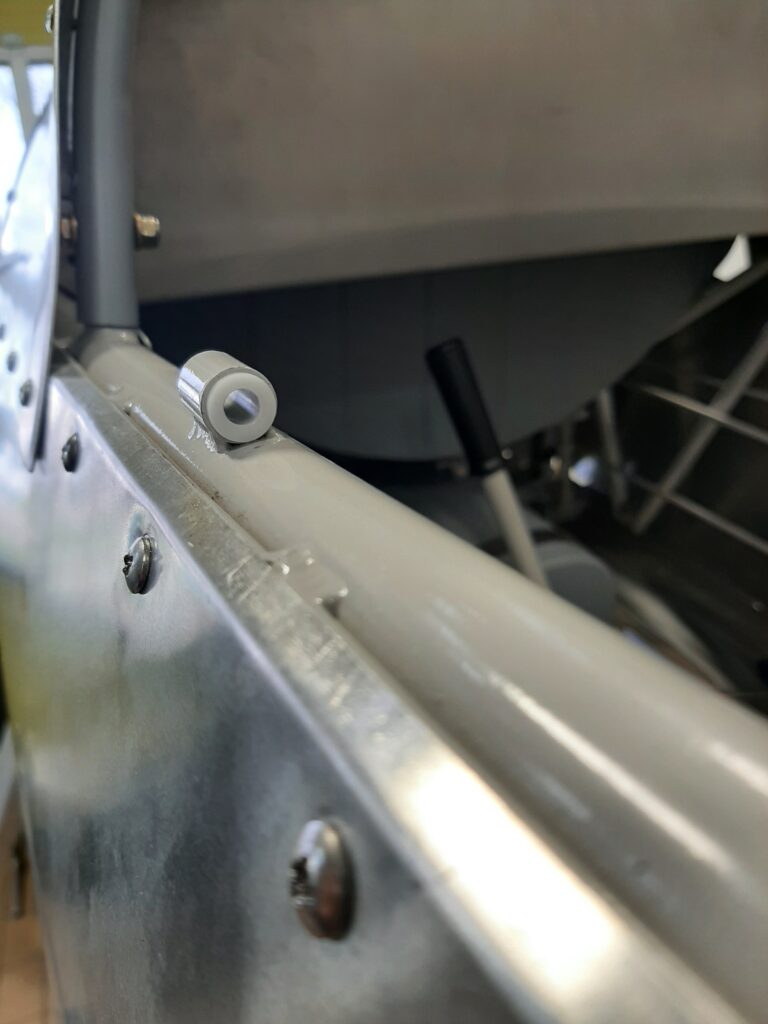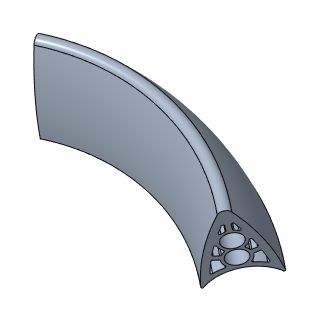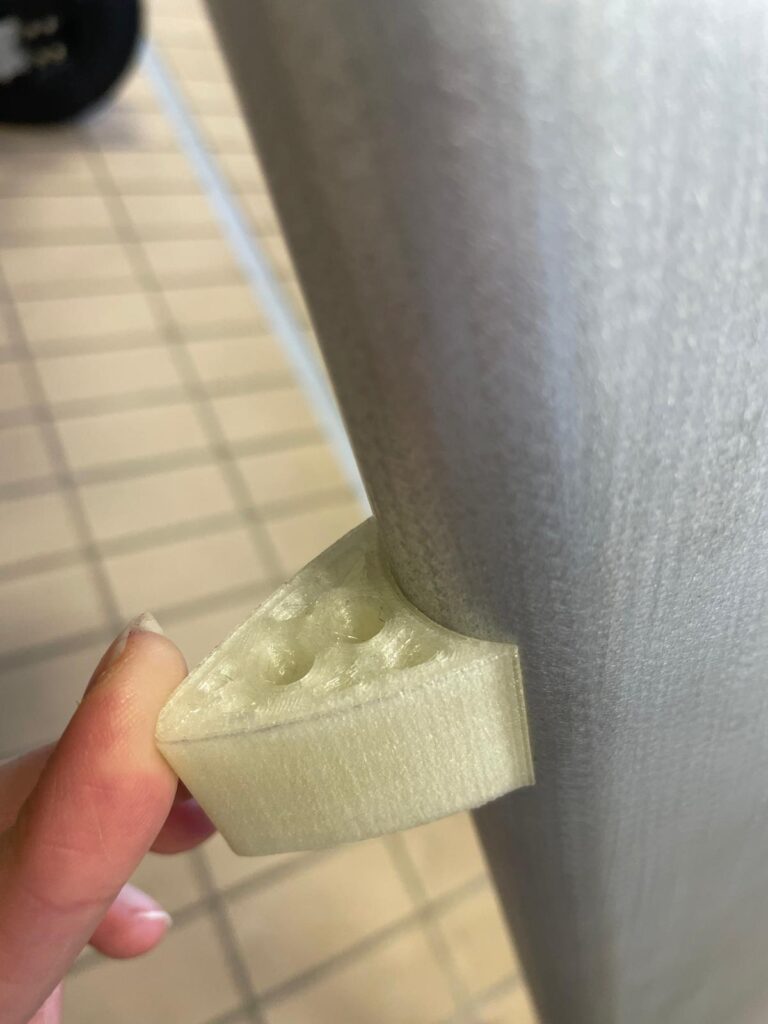The construction phase has come to an end. Here is an insight into the work of the wing team:
The main task of the wing team was drilling the drag wire holes. As a model, preparations were made, such as preliminary drawings and adjustments to the drilling jig. Next, the holes were pre-drilled to ensure the correct position and drilled through afterward. Finally, the drag wires were attached to check the quality of the holes.
Next is an insight into the work of the fuselage team:
During the construction phase, the fuselage construction team then worked intensively on sheet metal rework, adjusting the elevator, 3D printing the brake line protection, designing the complete brake line system, and closing function of the canopy. To improve the canopy’s function, the positions of the pins and sleeves were measured and adjusted in relation to the guide rails on the cockpit. The sleeves were made with a central lathe machine. Furthermore, a CAD simulation for brake line protection has been completed. It is used as a template for the 3D printing process.
Finally, an insight into the work of the engine team:
The engine team weighed the engine. The result was 310 kg. However, the value is calculated because the wooden transportation structure must be deducted. This information is essential for simulating the engine’s attachment to the aircraft, which will be reported to the German aviation agency as functional safety insurance. In addition, the nuts of the propeller governor were tightened with the necessary torque. The correct torque is critical to ensure that nothing comes loose and avoid material damage. Finally, the generator has been checked and fitted to the engine.
